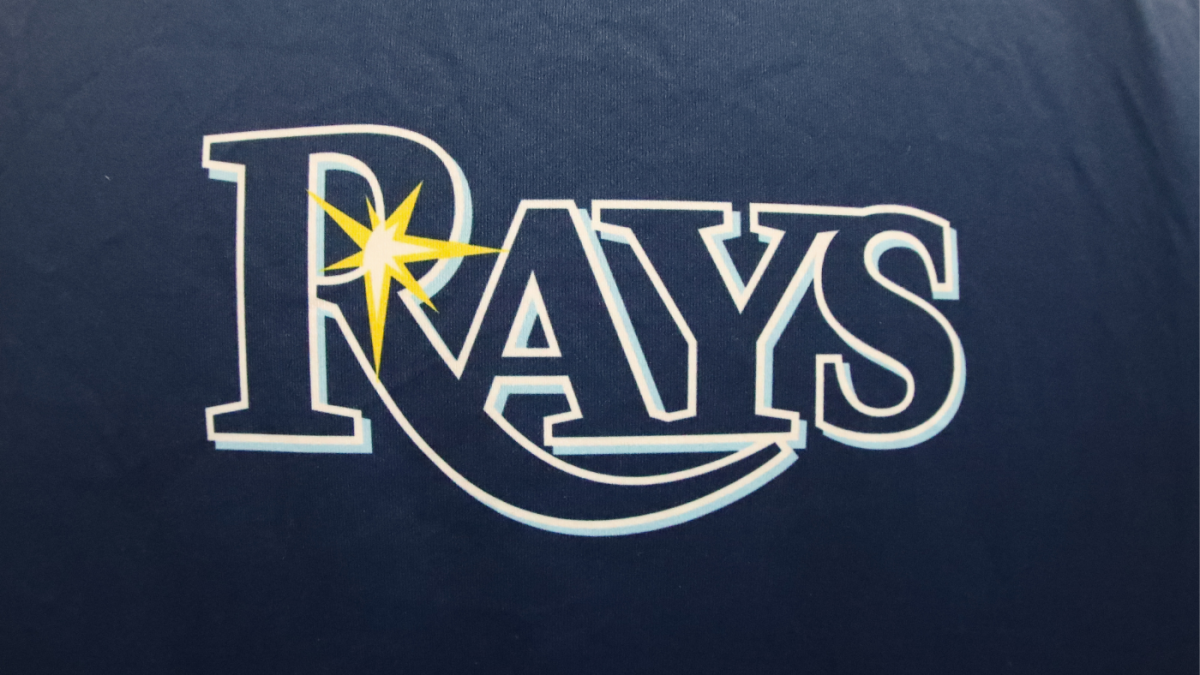The Shifting Sands of Ownership: A Deep Dive into the Potential Sale of the Tampa Bay Rays
The Core of the Deal: Zalupski and the $1.7 Billion Valuation
The Tampa Bay Rays are at a crossroads, with advanced talks about a potential sale of the franchise. The consistent valuation across multiple reports is $1.7 billion, a figure that underscores the escalating market value of MLB teams. Leading the charge is Patrick Zalupski, a Jacksonville-based real estate developer, who has reportedly signed a letter of intent, indicating a serious commitment to the purchase. Zalupski’s involvement is particularly noteworthy given the ongoing discussions about the Rays’ stadium situation. The relative silence from key figures like Stu Sternberg, the current principal owner, and Zalupski himself, adds an air of mystery, but the consistent reporting from reputable sources suggests that the negotiations are progressing beyond the preliminary stages.
This potential sale would be only the second MLB team sale in recent history, following Steve Cohen’s acquisition of the New York Mets for $2.42 billion. This highlights the increasing financial value of professional baseball teams and the strategic importance of ownership in shaping the future of franchises.
The Stadium Saga: A Catalyst for Change
The Rays’ long-standing struggle to secure a stable stadium situation is a significant driver behind the potential sale. For years, the team has faced challenges in attracting consistent attendance, partly due to the limitations of Tropicana Field. A tentative agreement for a new $1.3 billion stadium, part of a larger $6.5 billion redevelopment project, ultimately fell through in March 2025, leaving the team without a clear path forward for a modern ballpark.
This stadium uncertainty has likely contributed to the decision by MLB to potentially force a sale. Reports indicate that the league may reduce the Rays’ revenue-sharing income—a substantial $60 million—to pressure Sternberg to sell. This financial leverage underscores the league’s desire for a resolution to the stadium issue and a more stable future for the franchise. The involvement of a Florida-based developer like Zalupski suggests a potential focus on securing a new stadium within the state, possibly in a different location than the previously proposed site in St. Petersburg.
Orlando’s Ambitions: A Potential New Home?
While the primary focus is on the sale to Zalupski, the possibility of a relocation to Orlando has gained traction. John Morgan, a prominent Florida attorney, has publicly discussed the viability of an Orlando-based ownership group securing financing to match the $1.7 billion price tag. This suggests a strong interest in bringing MLB to Orlando, a market with a significant population base and a demonstrated appetite for sports and entertainment.
The appeal of Orlando lies in its potential for increased revenue streams, including ticket sales, sponsorships, and media rights. A new stadium in Orlando could attract a larger and more diverse fanbase, addressing the attendance challenges that have plagued the Rays in Tampa Bay. However, a relocation would require MLB approval and would undoubtedly be met with resistance from existing Rays fans in the Tampa Bay area.
The Current State of the Team: On-Field Performance Amidst Off-Field Uncertainty
Despite the ongoing ownership drama, the Tampa Bay Rays are currently performing well on the field. As of the reporting date, they hold a 40-33 record, placing them in second place in the American League East, trailing the New York Yankees by 2.5 games. This success demonstrates the strength of the team’s roster and the effectiveness of its management, even amidst the uncertainty surrounding the franchise’s future.
The team’s on-field performance adds another layer of complexity to the situation. A successful season could increase the team’s value and attract even more interest from potential buyers. Conversely, a decline in performance could dampen enthusiasm and potentially impact the terms of the sale. This dynamic highlights the delicate balance between on-field success and off-field stability in the world of professional sports.
Broader MLB Trends: Strategic Partnerships and Media Investments
The potential Rays sale occurs within a broader context of evolving business strategies within MLB. The league recently announced a strategic partnership with Jomboy Media, an independent sports media brand, and is even purchasing a stake in the company. This move reflects MLB’s increasing focus on digital media and its desire to engage with fans through innovative content and platforms.
The “The Warehouse Games,” a league modeled after baseball, developed by Jomboy Media, exemplifies this trend. MLB’s investment in Jomboy Media signals a commitment to expanding its reach beyond traditional broadcasting and embracing new forms of sports entertainment. These developments highlight the dynamic nature of the sports industry and the importance of adapting to changing consumer preferences.
Conclusion: A Pivotal Moment for the Rays and MLB
The potential sale of the Tampa Bay Rays to Patrick Zalupski represents a pivotal moment for the franchise and for Major League Baseball. The $1.7 billion valuation reflects the growing financial value of MLB teams, while the stadium saga underscores the challenges of securing long-term stability for franchises. The possibility of a relocation to Orlando adds another layer of complexity, potentially opening up new revenue streams but also risking alienating existing fans.
Ultimately, the outcome of these negotiations will shape the future of the Rays for years to come. Whether the team remains in Tampa Bay, relocates to Orlando, or finds another solution, the next chapter promises to be one of significant change and opportunity. The league’s active involvement, demonstrated by the potential revenue-sharing reduction, signals a clear desire for a resolution that benefits both the Rays and the broader MLB landscape. This isn’t just a business transaction; it’s a reshaping of a franchise’s identity and its place within the national pastime. The decisions made today will echo through the halls of baseball history, influencing how future generations perceive and engage with the sport.

